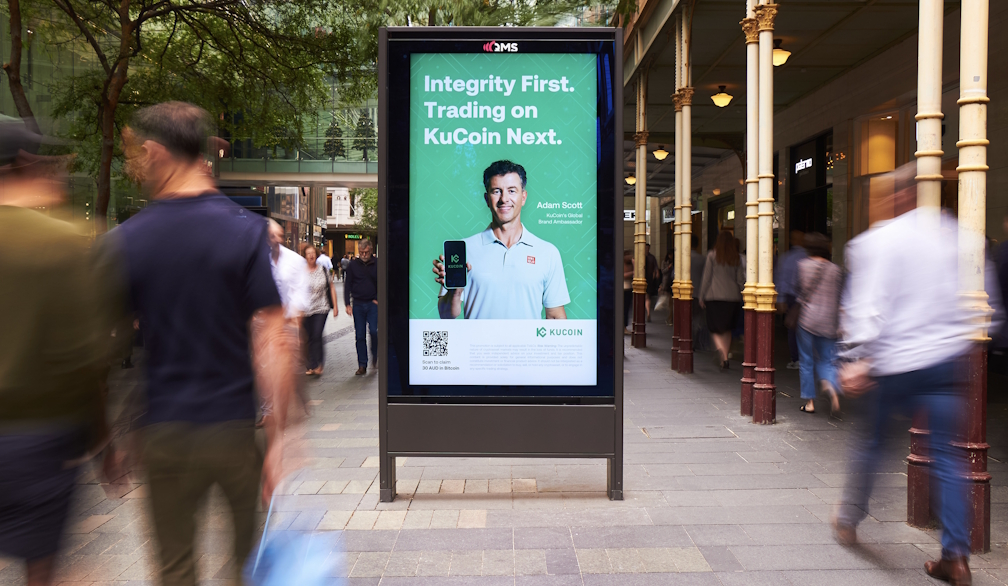To make buy-now-pay-later fair for consumers, regulators need to understand why shoppers use it
- Written by Anita Lifen Zhao, Associate Professor of Marketing at the School of Management, Swansea University

Many consumers – especially gen Z and millennials – use buy-now-pay-later (BNPL) to split or defer payments. The types of purchases made with BNPL can range from groceries and takeaway deliveries to luxury items.
Nearly 40%[1] of regular BNPL users consider shopping a leisure activity. Easily accessing such credit could increase consumption in this group. It is, therefore, unsurprising that the UK BNPL market is projected to triple[2] from 2021 levels by 2030.
With timely repayments, this short-term credit option is free from interest and fees. As an unregulated service, BNPL requires minimal financial checks, ensuring that most purchases will be swiftly approved.
A buyer can acquire items quickly without paying the full amount upfront – the BNPL provider pays the retailer for the goods and recoups the amount from the buyer through instalments.
This escalates when consumers have multiple agreements across providers, complicating debt management. Many BNPL users feel vulnerable[16], weighing long-term savings against marketing that encourages spending. Their ability to manage this vulnerability affects their financial health, wellbeing and self-image.
As concerns about BNPL debt rise, regulators[17] in countries such as the UK are addressing its financial service aspects. However, they often overlook providers’ techniques for targeting consumers and supporting their shopping habits.
Potential regulation focuses on financial attributes, including affordability checks[18], but neglects the technological mechanisms that keep customers using BNPL.
Our research[19] suggests that BNPL’s success rests on its effective use of technology, particularly artificial intelligence and its algorithms. They streamline the loan process, enable repayments to be tailored to each consumer, help shoppers find what they’re looking for and identify retailers, brands and products that a user might like. BNPL providers are technology-based retail platforms as much as financial institutions.







